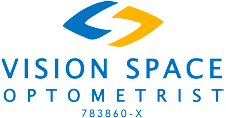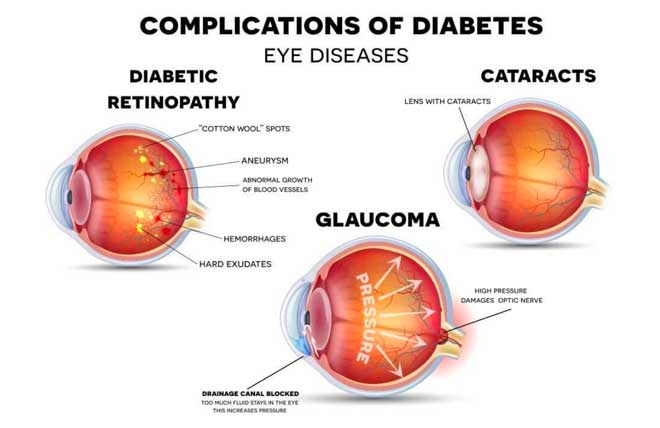
When to get your eyes tested?
Regular eye exams give an eye care professional acute information about your vision. They convey to the optometrist whether you need corrective lenses and what your prescription is. Many eye problems don’t have any outward signs or symptoms, so the only way to catch them is through a proper eye examination. Eye exams help you achieve normal visual acuity and detect eye problems, such as issues with the retina and optic nerve, that can cause reduced vision or permanent impairment in the future. Early detection is essential to maintain good eye health and prevent potential complications.
Children’s eyes tend to mature and change quickly from birth through adolescence. Screenings once a year help identify when your child might need a complete eye exam or medication.
If your eyes are healthy and your vision is clear, you should have a complete eye checkup by your optometrist once a year or once every two years. Adults shouldn’t wait to have a complete eye exam if they are suffering from chronic diseases such as:
- diabetes
- high blood pressure
- family history of eye disease.
- cataracts
- diabetic retinopathy
- age-related macular
- degeneration
- glaucoma

In addition:
- If you have any eye infection, injury, or pain, or you notice sudden floaters and flashes, double vision, or patterns of light, get an appointment with your optometrist.
- If you wear contact lenses, consult your optometrist every year.
- If you have diabetes, any chronic disease, or have a family history of eye disease, talk with your optometrist about how often your eyes should be examined.
What do eye exams evaluate?
Problems or changes in the eyes can be a sign of several conditions. With proper examination, it can detect whether you need corrective lenses and what your prescription is. During an eye exam, they will also look for eye-related concerns, including:
- Refractive errors, such as astigmatism, myopia (nearsightedness), hyperopia (farsightedness), or presbyopia (losing near-focus vision).
- Vision changes, low vision, and signs of cataracts, glaucoma, macular degeneration, or a detached retina.
- Problems with the muscles supporting the eyes, such as strabismus (crossed eyes) or amblyopia (lazy eye).
- Tumors and cancer in the eye (intraocular cancer), including intraocular melanoma and retinoblastoma.
- A review of your medical history to assess factors affecting your eye health.
Basic eye examinations
1. Visual Acuity Test:

Your eye care professionals may ask you to read the letters by changing several lenses on the trial frame to help you see better. This process, called refraction, detects if you need glasses and helps you find the right corrective lens prescription.
2. Visual Field:

To check your peripheral or side vision, an optometrist holds up a finger or an object and gradually moves it from one side of your face to another. They may move the object up and down and get it closer to your eyes. You’ll only have to move your eyes, not your head. Many eye clinics/optometrist centers use computerized programs to conduct this test. This test informs you about your full range of vision. Visual field tests evaluate our peripheral vision.
3. Refraction Test:
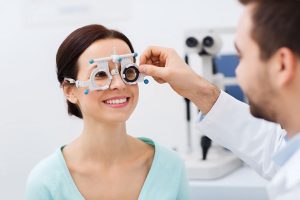
A retinoscopy or visual acuity and refraction tests specify your eyeglass prescription. Throughout the test, a series of lens pairs are used. The optometrist repeatedly inquires which of the two lens options allows you to see more clearly. Based on your responses, the optometrist will correct them.
4. Color Vision Test:
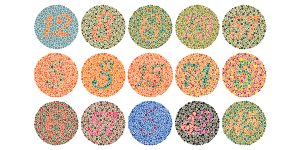
To check for color blindness or color deficiency, an optometrist will show you a series of pictures with colored dots. Hidden dots in the pictures are numbers in different colors. People with a color deficiency may be unable to see the numbers.
5. Intraocular Pressure Measurement
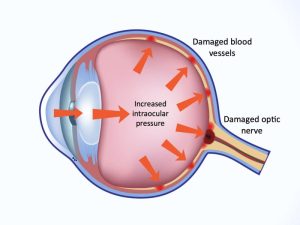
An intraocular pressure test measures and counts the force or pressure the fluid creates in the eyes. An abnormal level of eye pressure can be an indication of a sign of glaucoma.
Visit Vision Space for a Comprehensive Eye Check-Up Today!
Vision Space Optometrists, renowned eye care professionals for Myopic eye exams in Malaysia, provide the best eye care service through a group of trusted, passionate, and learned eye care professionals who use their experience and the latest eye care equipment to correct various vision problems. From comprehensive eye exams to advanced procedures like fundus examination, intraocular pressure measurement, and dry eye management, we will go the extra mile to serve you for many, many, many years! We promise to provide the best eye care possible through our team of trusted and passionate optometrists using the latest eye care equipment to keep your eyes healthy forever. Also, we constantly seek and source internationally for several types of eyewear that look great on you, are super comfortable, and enhance your personality. Kindly visit our official website for the comprehensive eye exam and eyewear available for your choice and preference: http://www.visionspace.com.my/.
